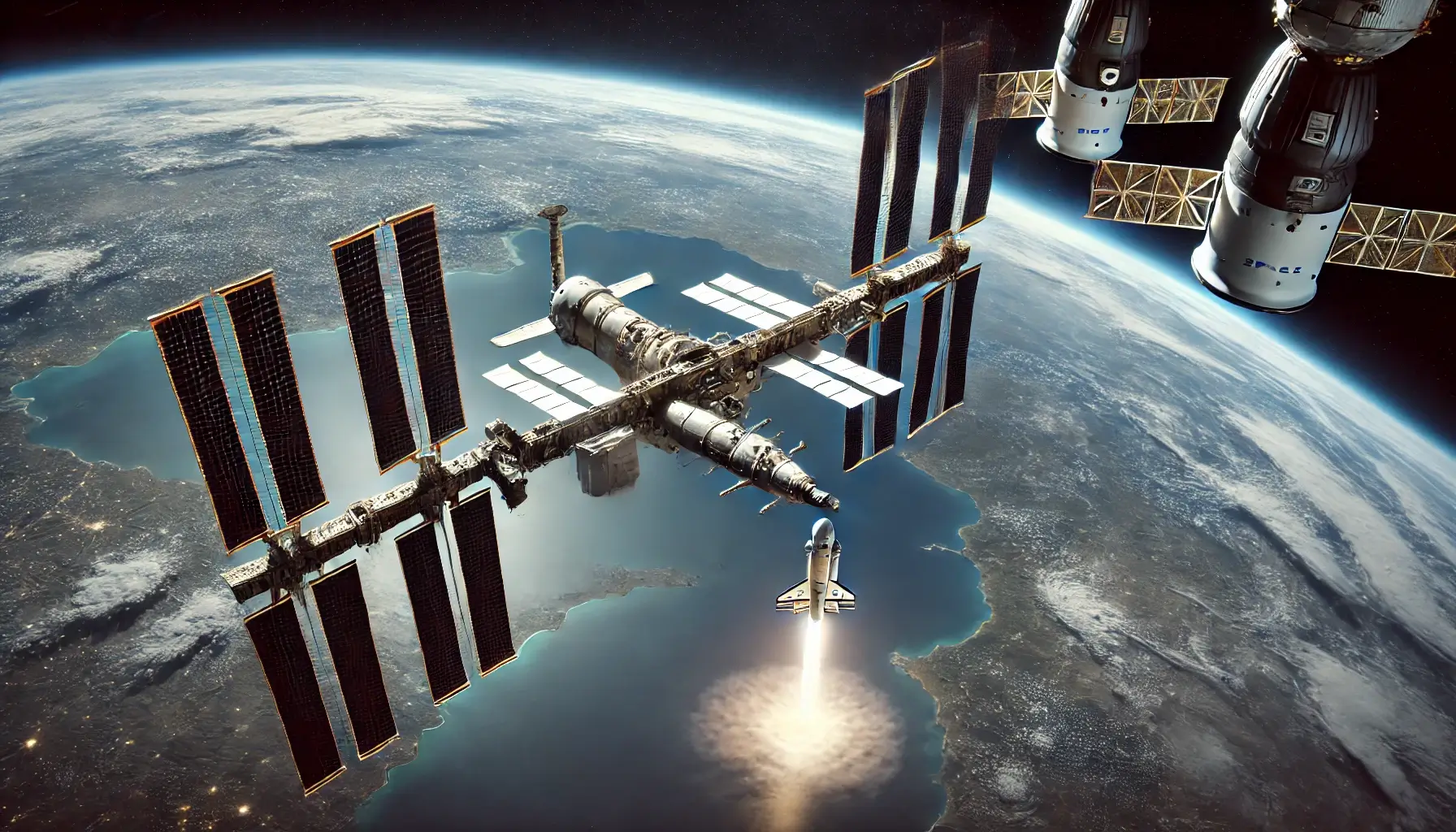Recently, NASA has made a very large contract with SpaceX to remove the International Space Station (ISS) by the end of the year 2030 safely for nearly $843 million. This important decision creates a new page in the management of space structures that are no longer useful.
The ISS that is the embodiment of multinational cooperation in space exploration since November of 2000 will not be allowed to freely wander in space. However, SpaceX will fashion a craft to ferry the almost one million pound laboratory and help steer it towards the watery grave at Point Nemo. This site located just over 2,500 km away from land is still referred to as a spacecraft cemetery where more than 263 pieces of space junk have been dumped.

Deorbiting Strategy
The chosen strategy involves several crucial steps to ensure a safe and controlled descent:
- Initial Descent: The ISS will first adjust to an altitude of about 330 kilometers which will be followed by the other stages.
- Final Crew Departure: Astronauts will leave roughly a year before the predetermined splashing.
- SpaceX Vehicle Launch: A SpaceX vehicle will be purposefully created for the specific mission of being launched and docking with the ISS.
- Controlled Descent: It will drive the ISS into the atmosphere and try to spread debris; then it needs to dock at Point Nemo.
Alternative Options
As for the options, NASA studied the possibilities of parting the ISS into components and using them for constructing a new station, turning the control over the platform to a private company, or sending it deeper into space to be saved. Thus, these options were ruled out as their implementation is associated with legal, financial, and technical problems.
Future of Low-Earth Orbit
Though, as Ken Bowersox, the NASA’s director of space operations stressed, this decision contributes to NASA’s visions for the further commercial destinations and doesn’t allow space near the Earth to stay unused. Stepping into the new phase of the space exploration, the experience of ISS establishment will be useful to build new commercial space stations.
Since its formation, it has remained a center of the numerous scientific experiments as more than 3, 300 experiments have been carried out in the ISS. Its deorbiting will signify the farewell of one generation of space exploration to yield to the next.
What is done here is not unprecedented, several space stations have been retired in a similar manner. Thus, in 2001, the Mir station was successfully disposed of within the ocean at Point Nemo in the Pacific Ocean. The work of the ISS goes on as the scientific community and governments of the participating countries start to plan for the next steps in space exploration.
